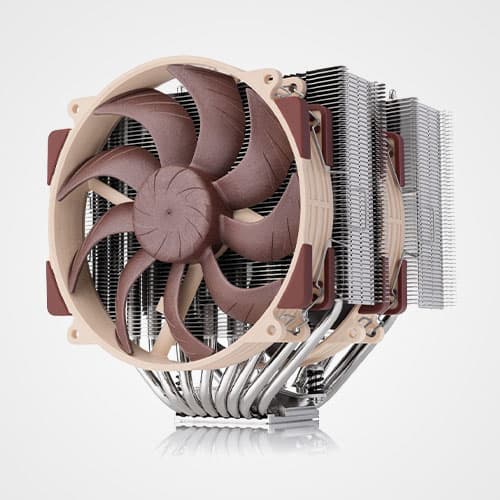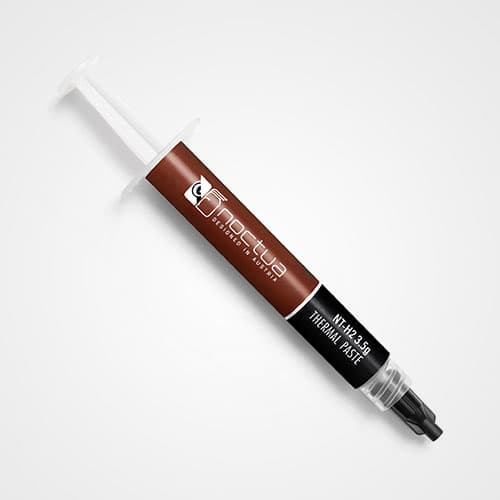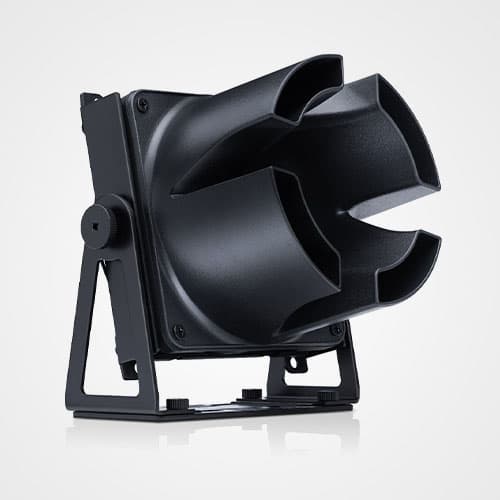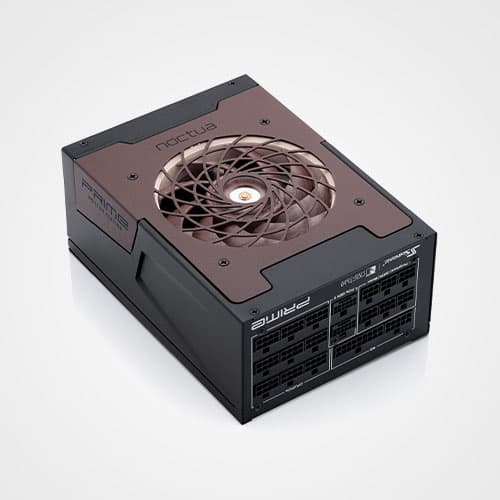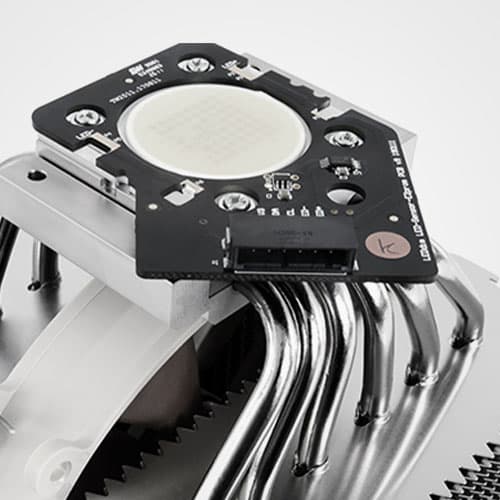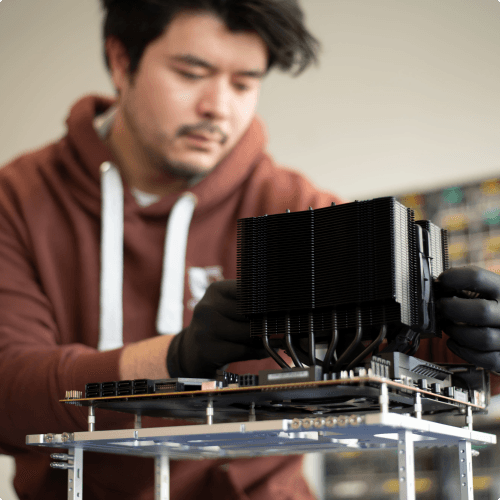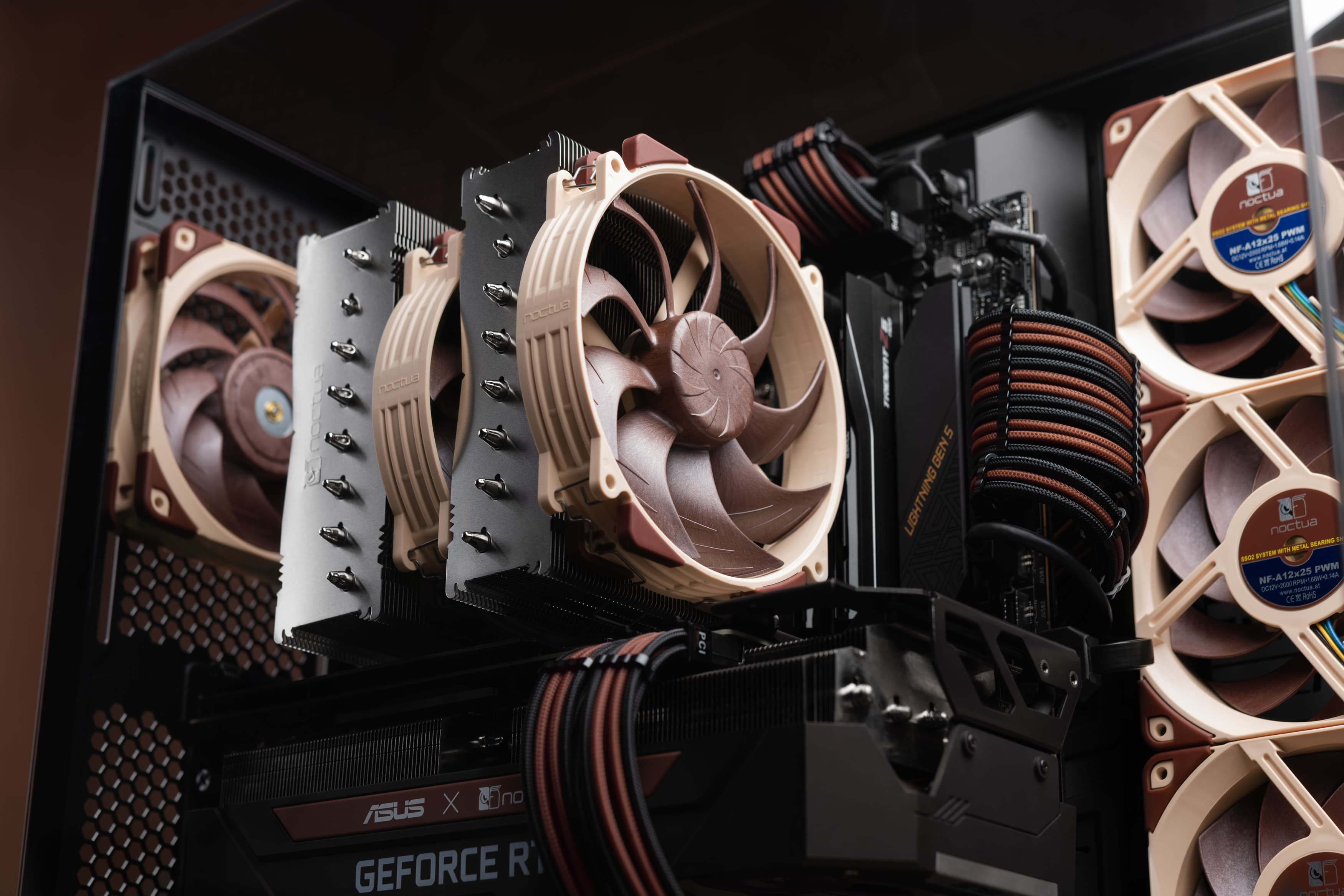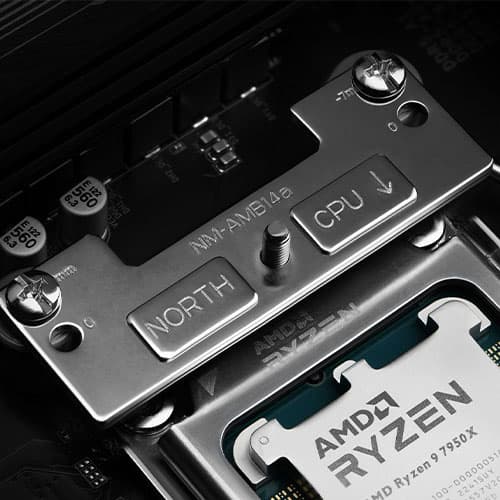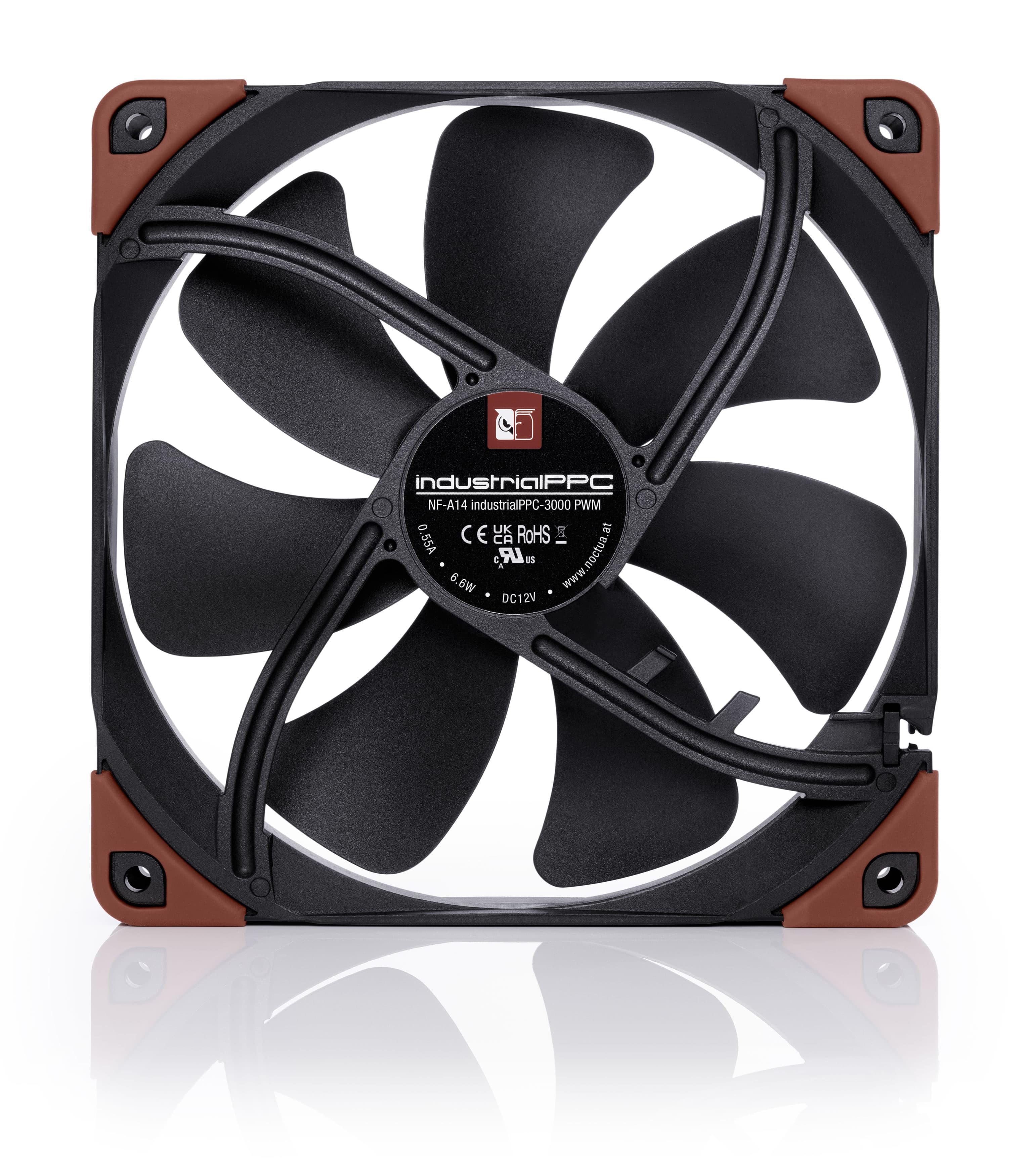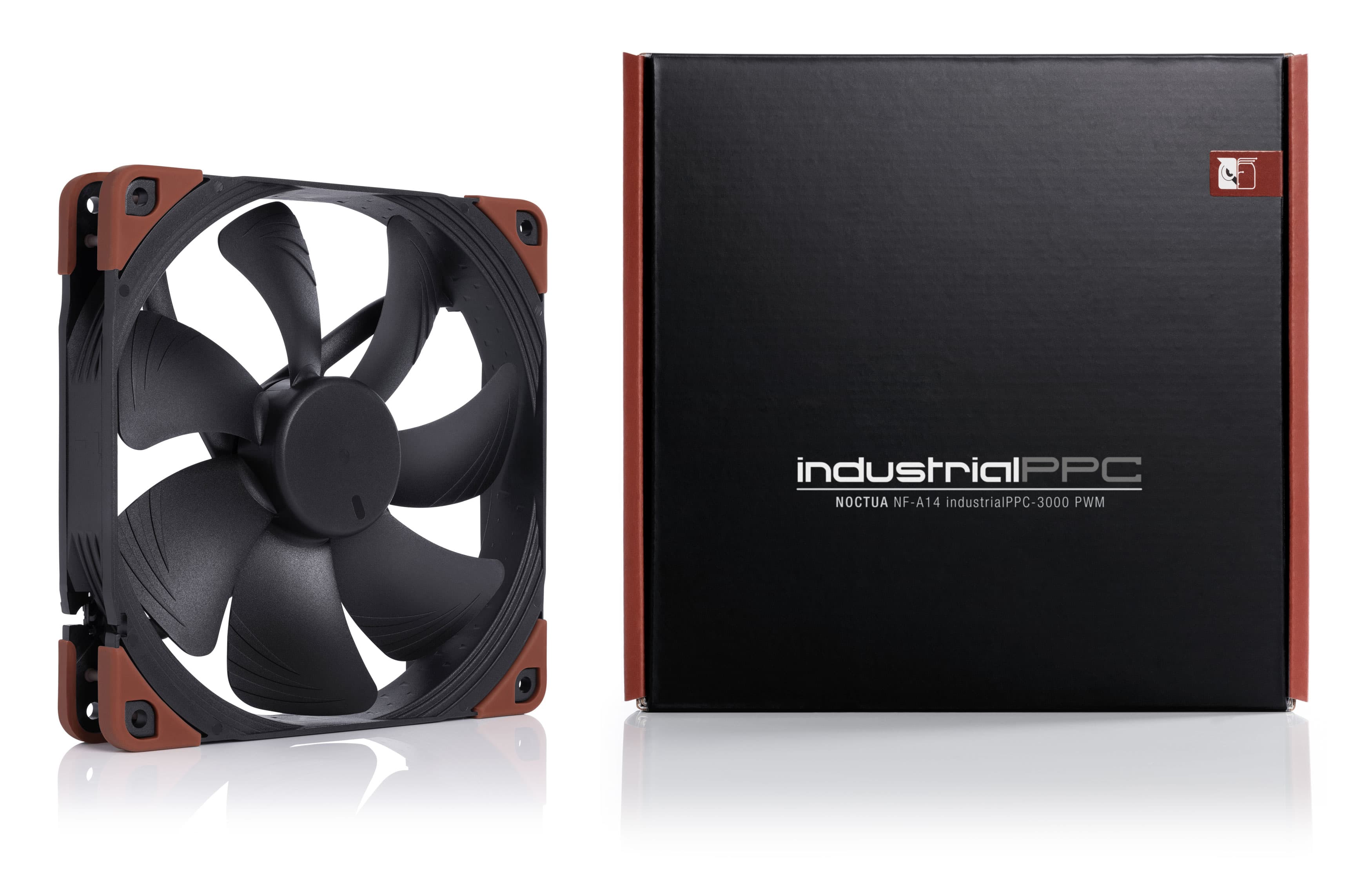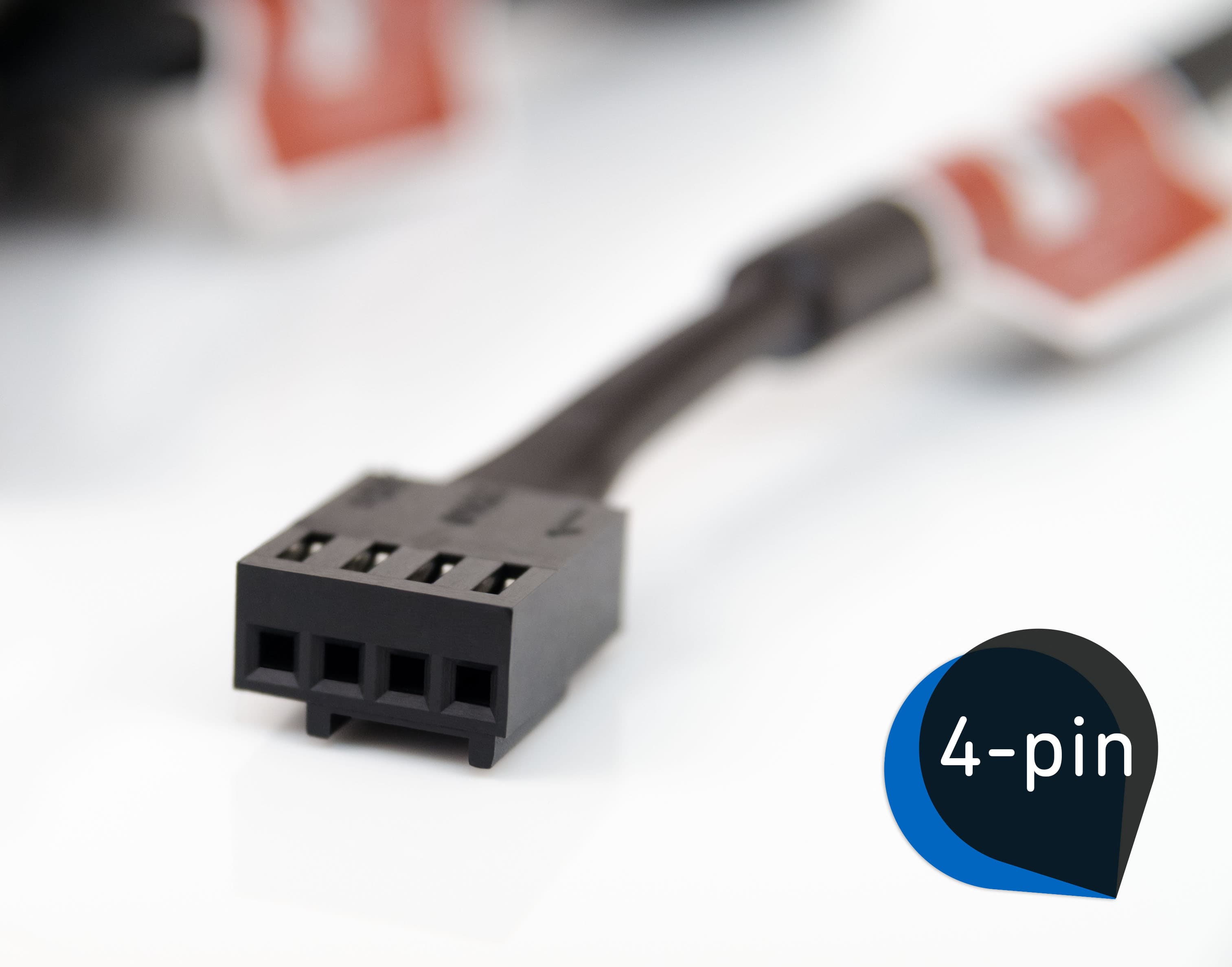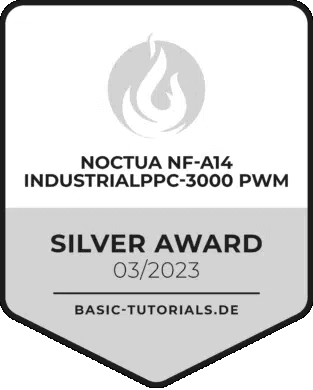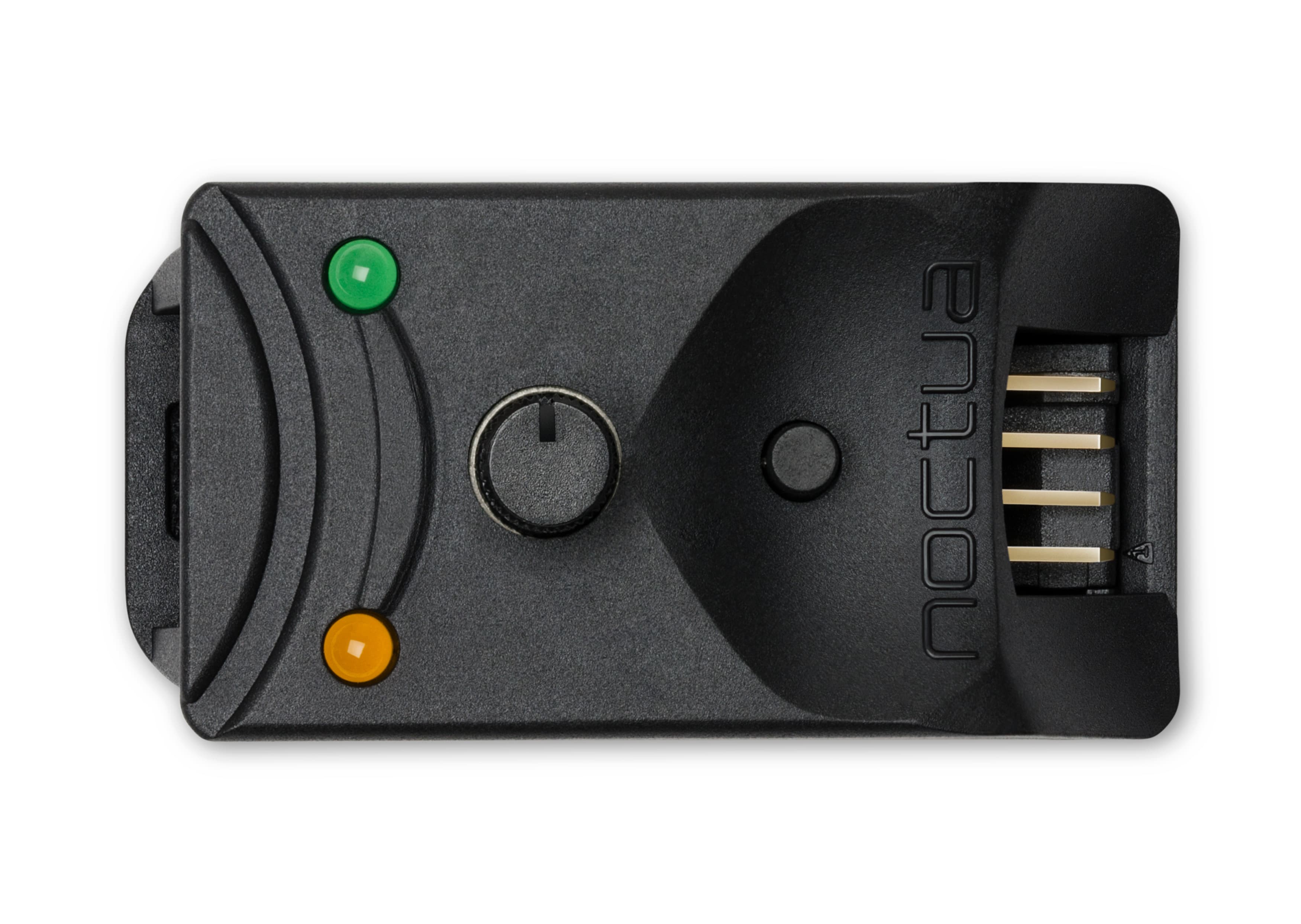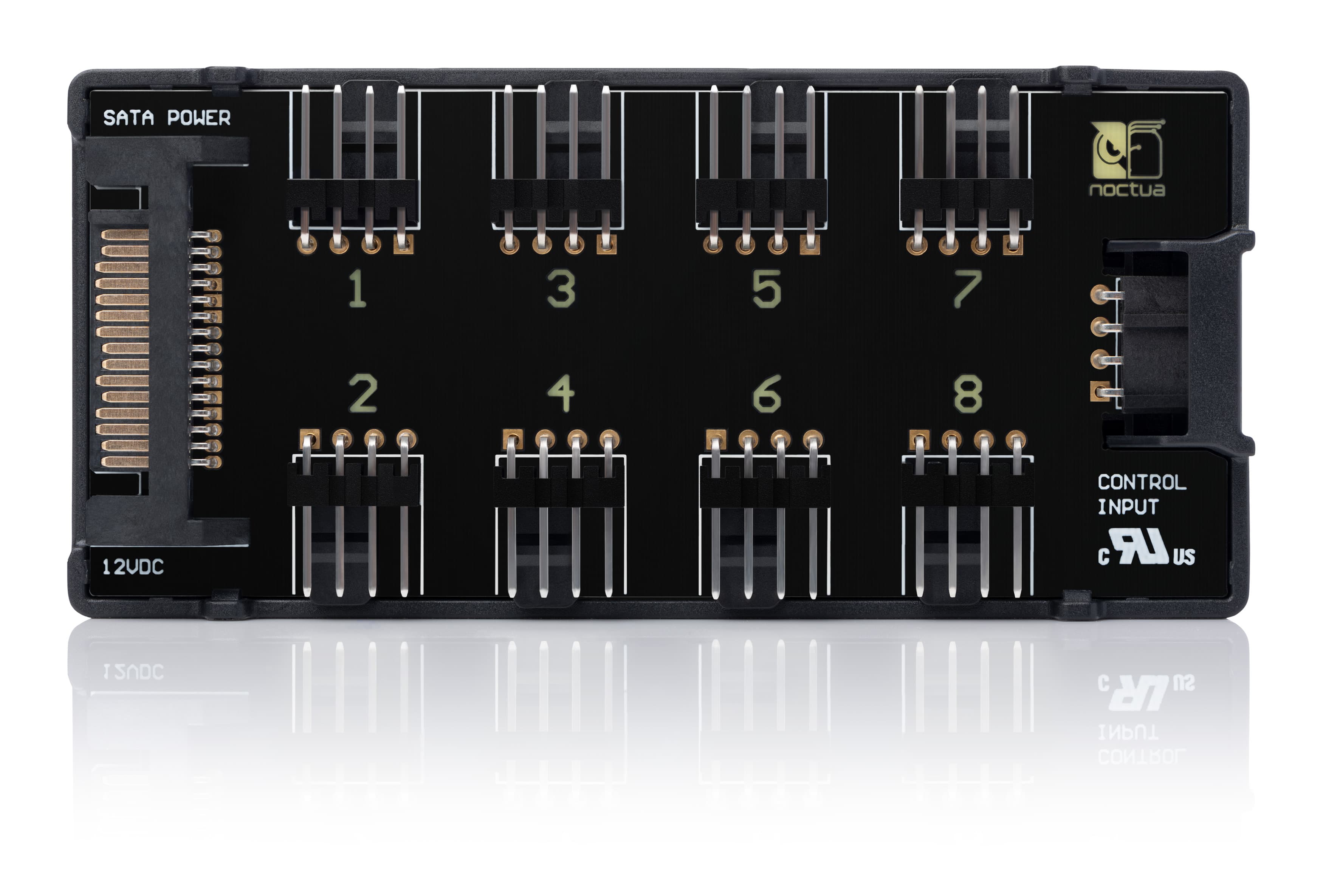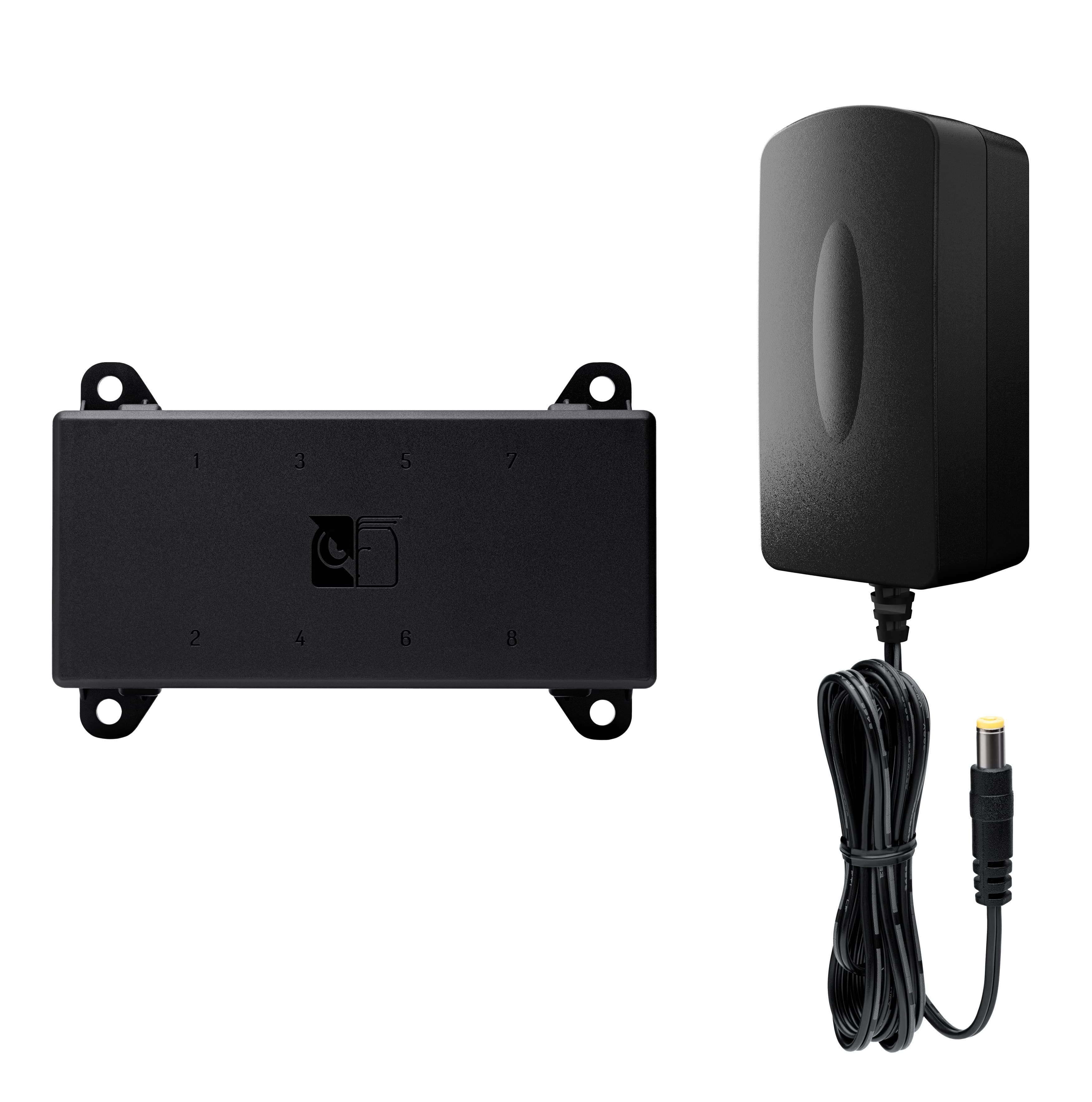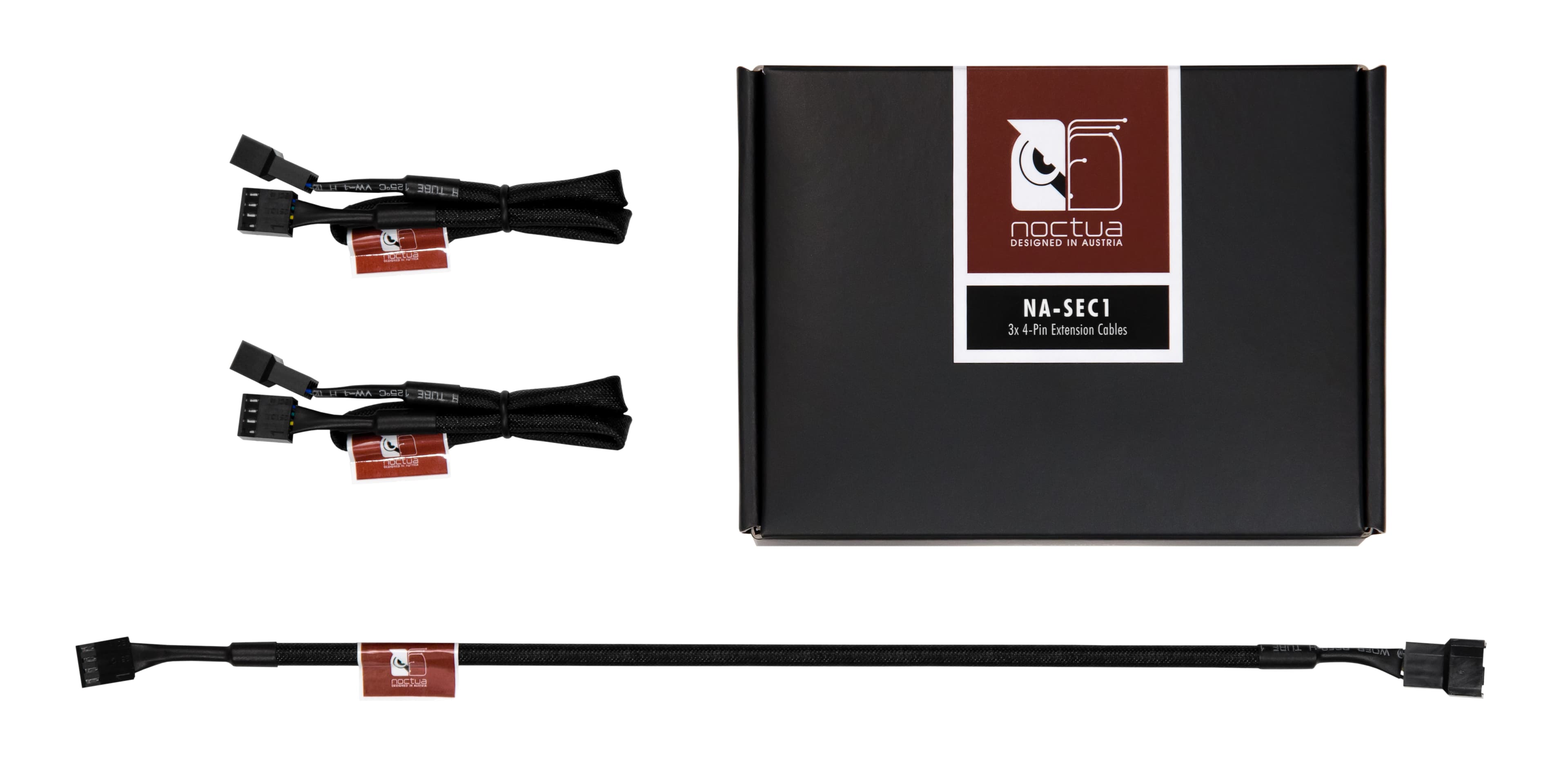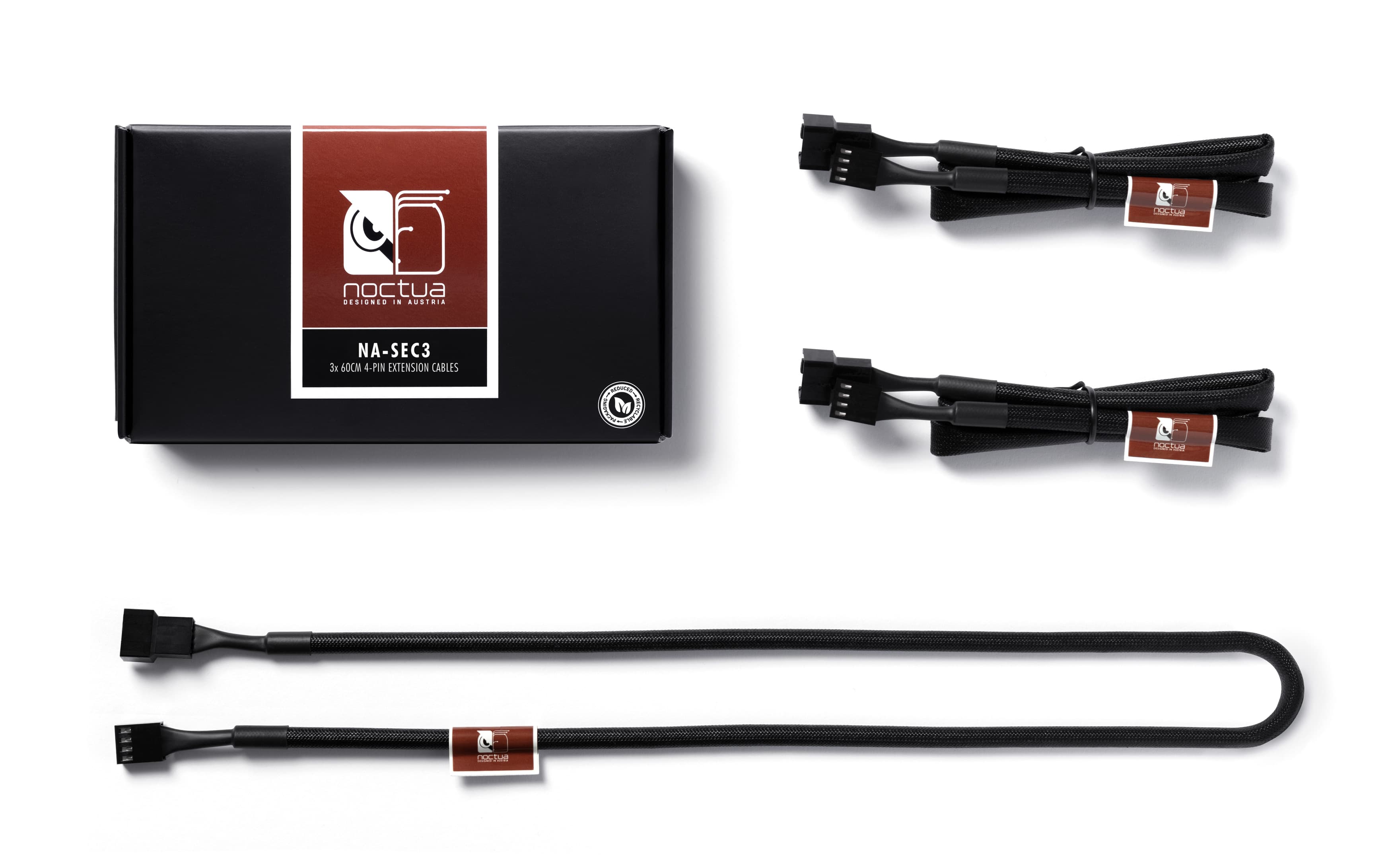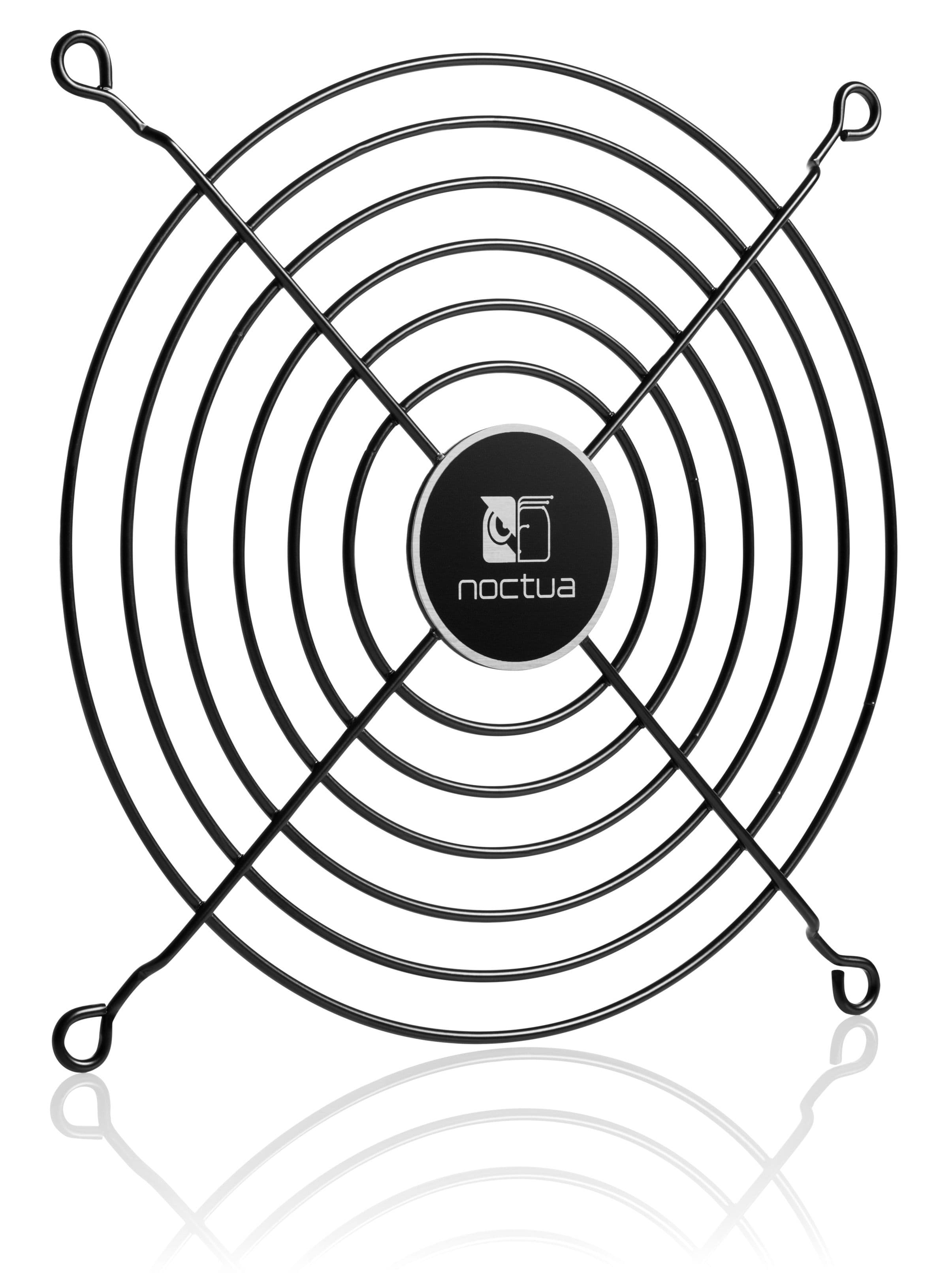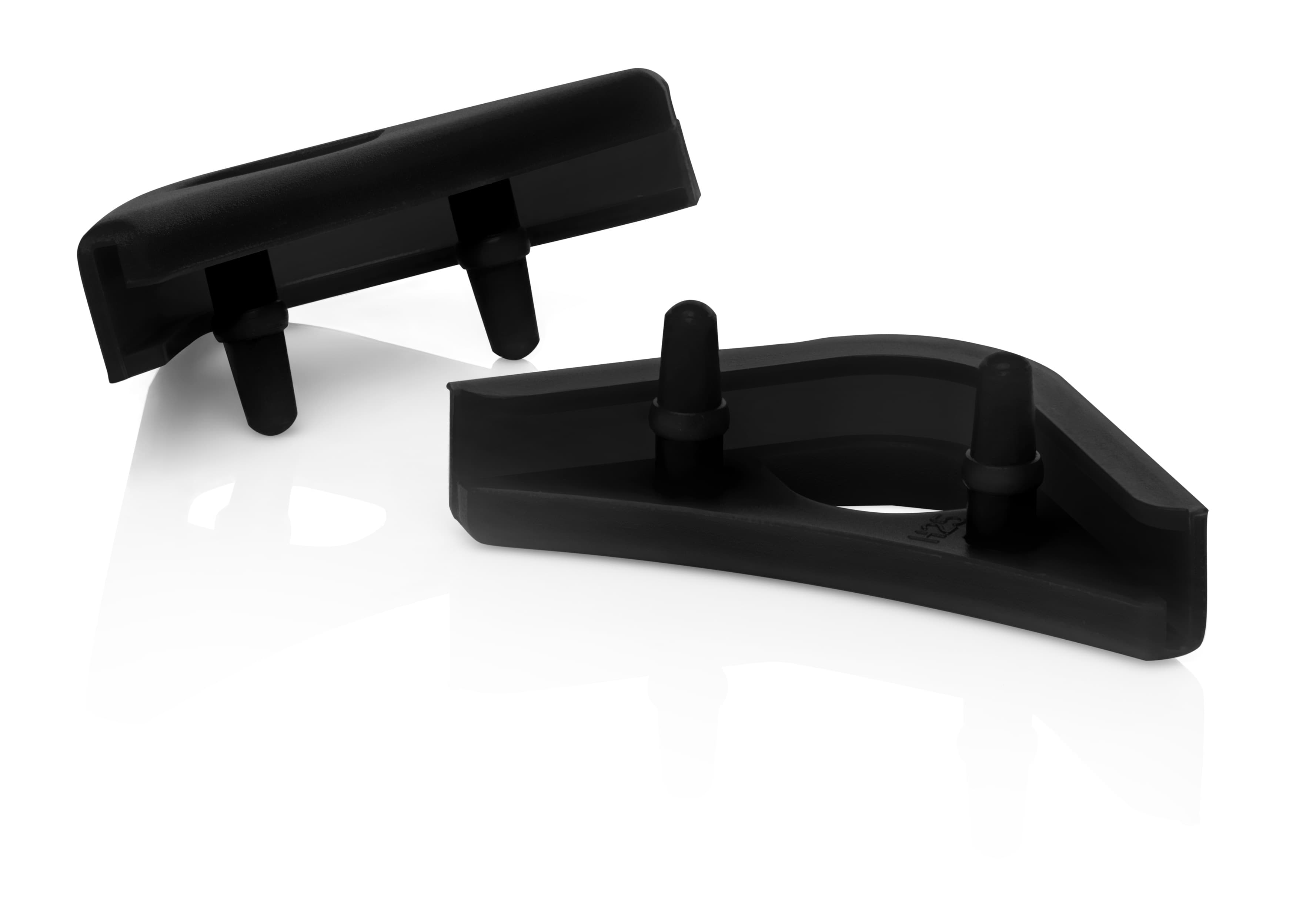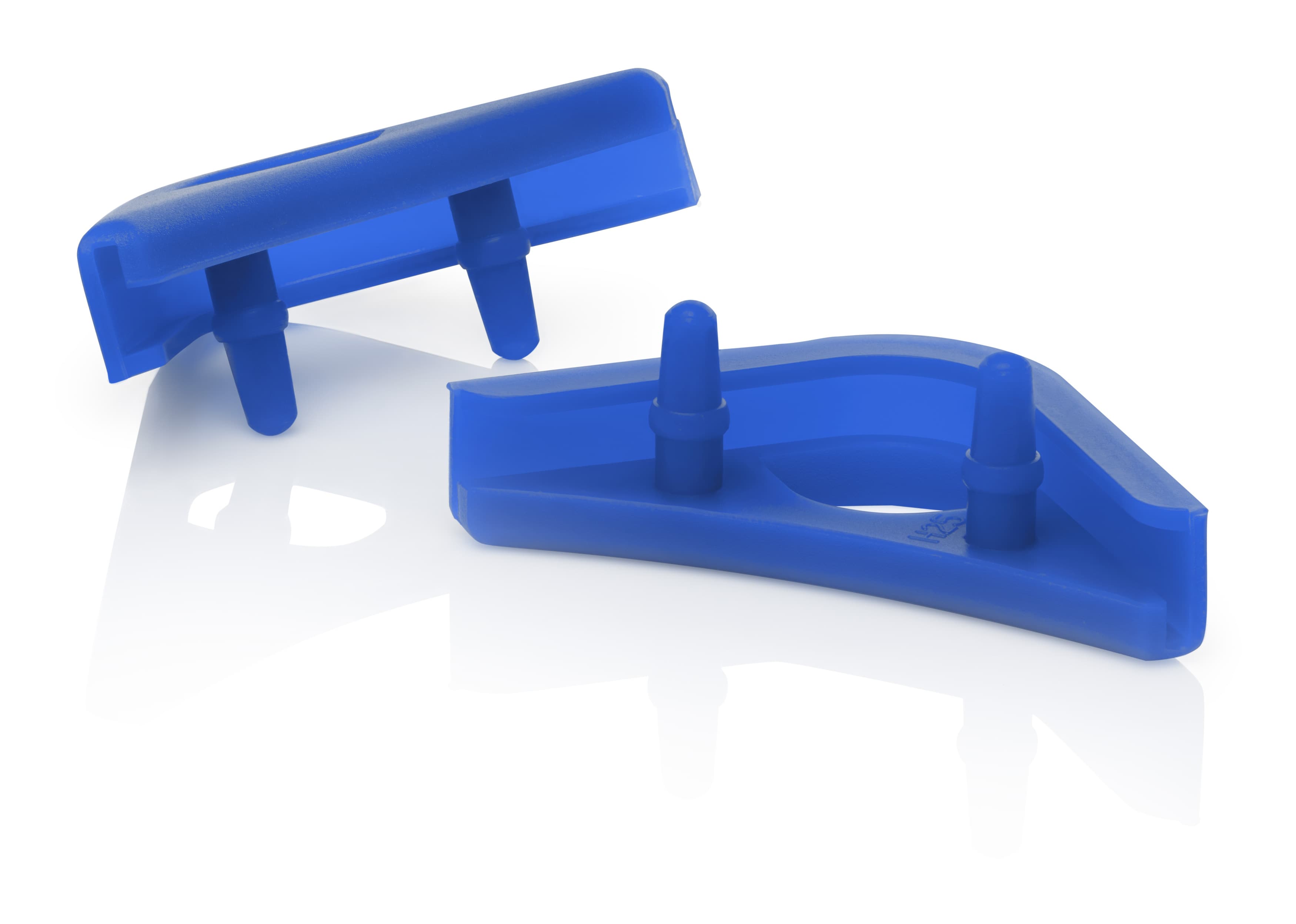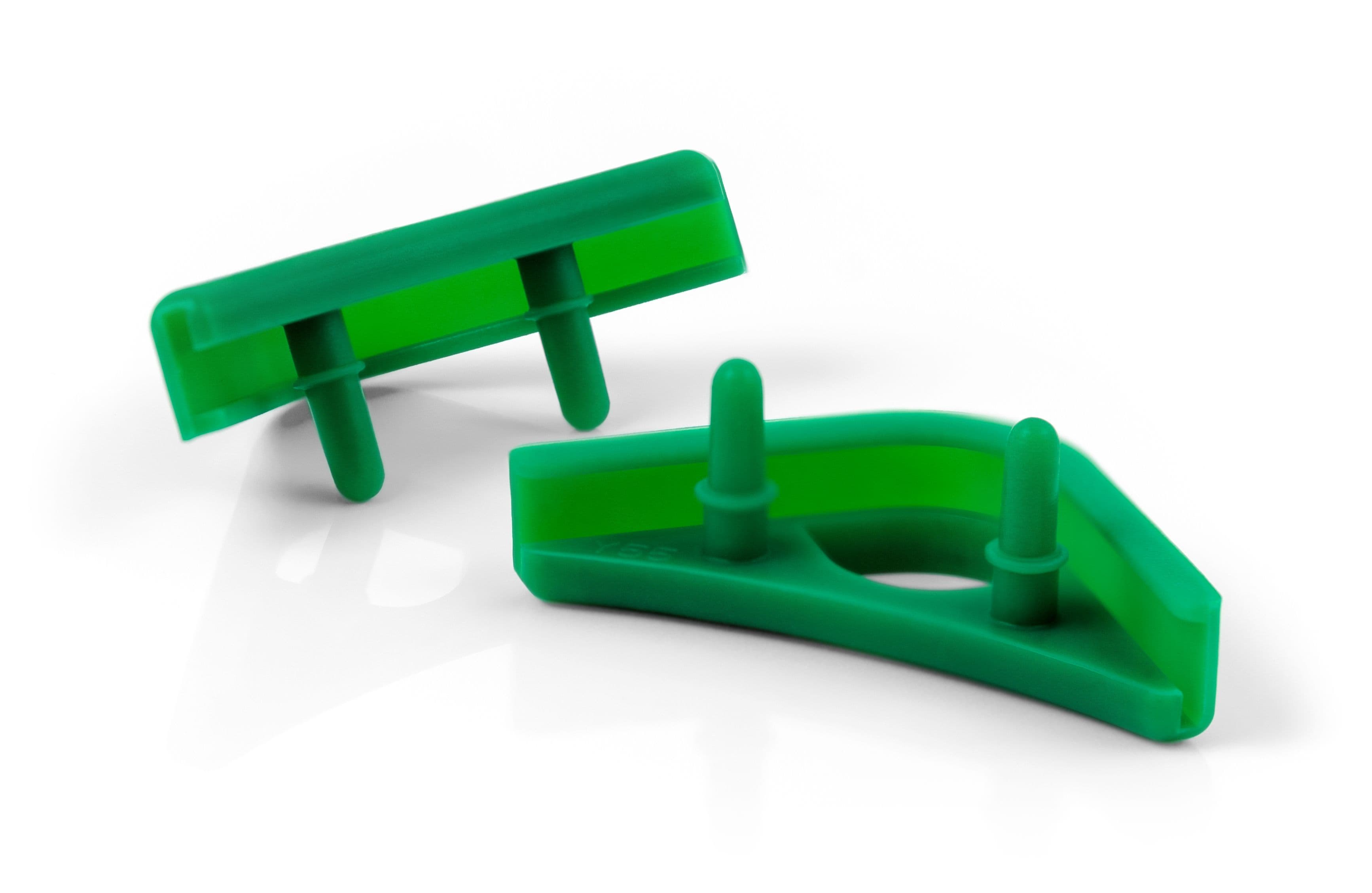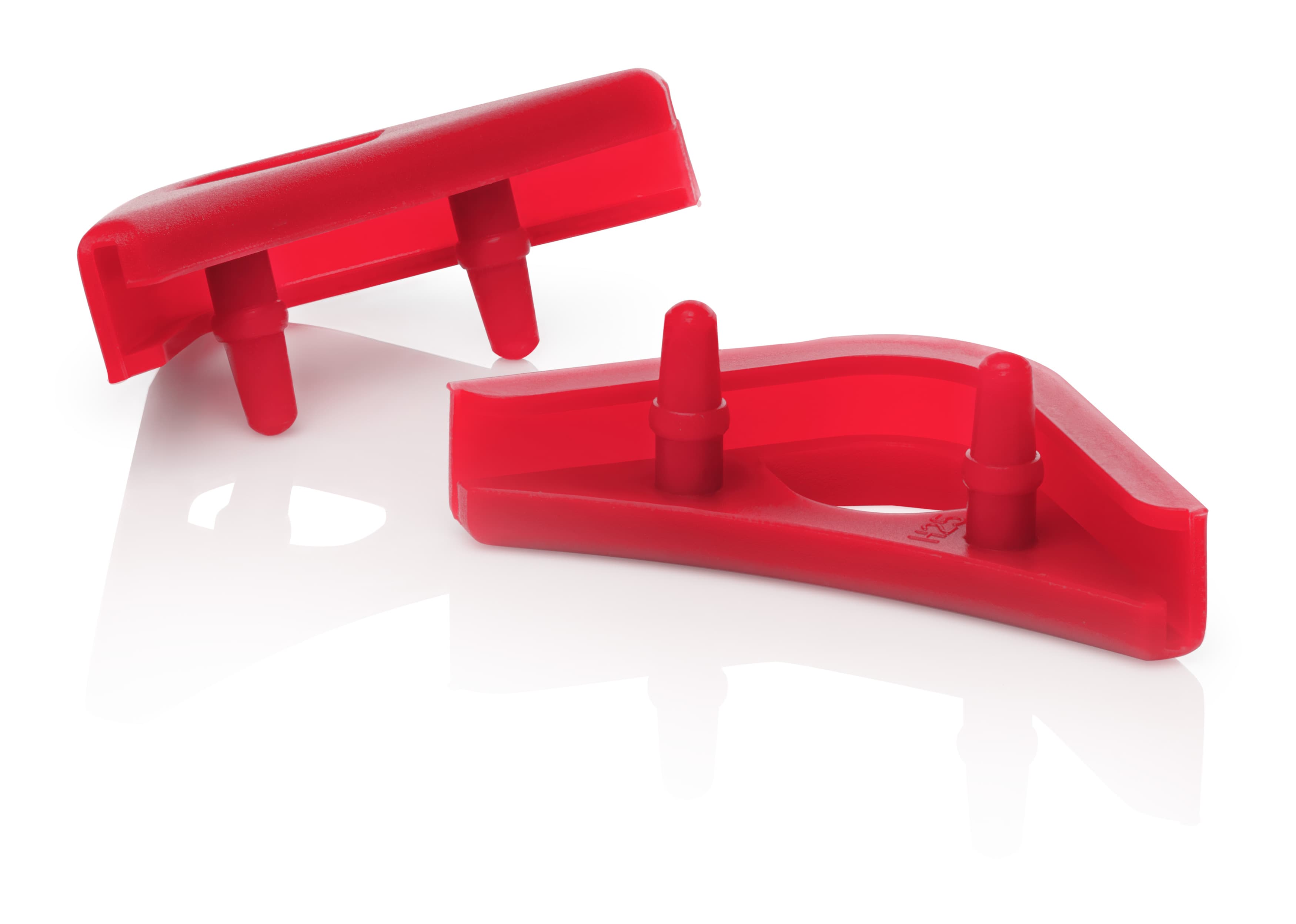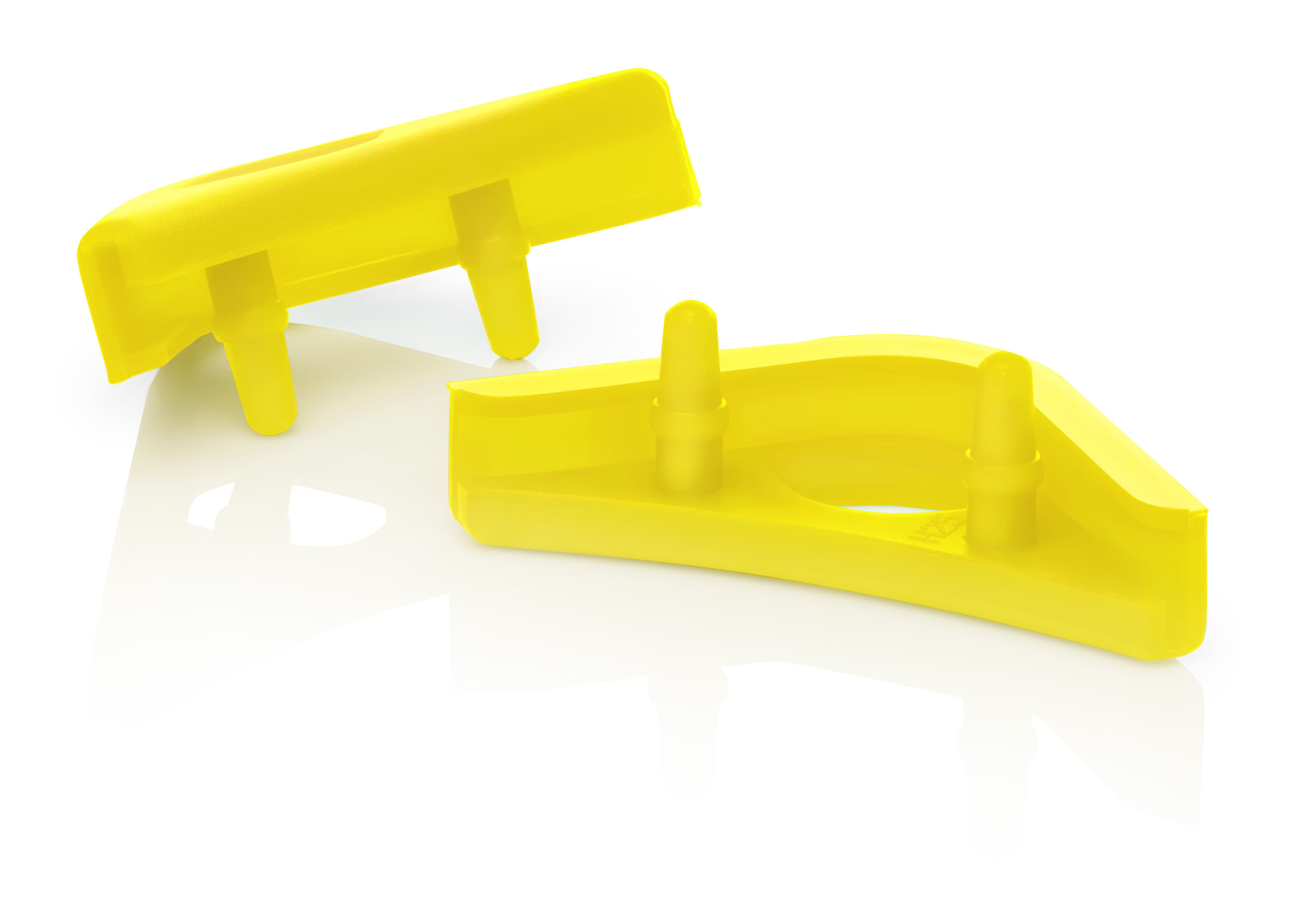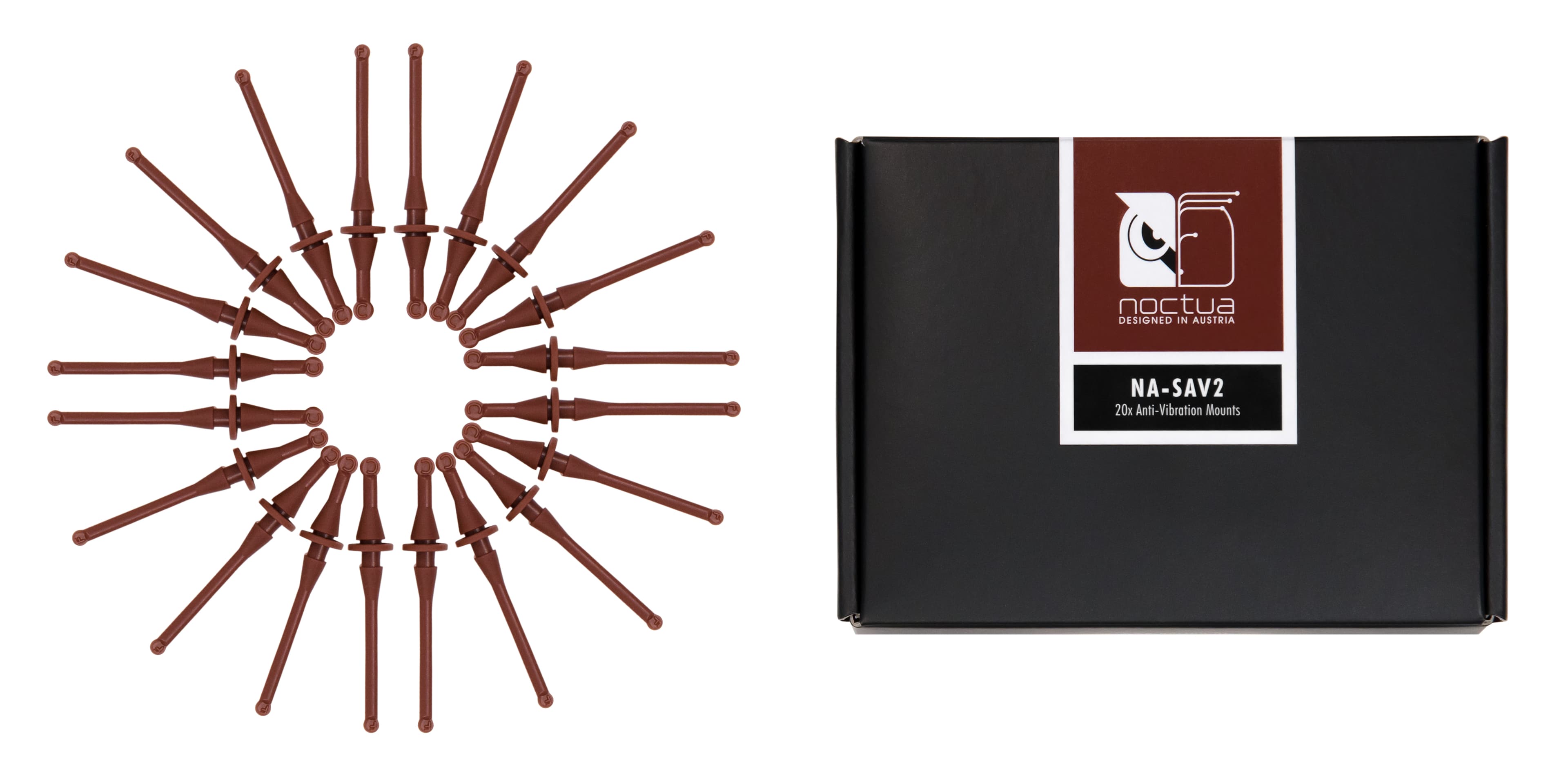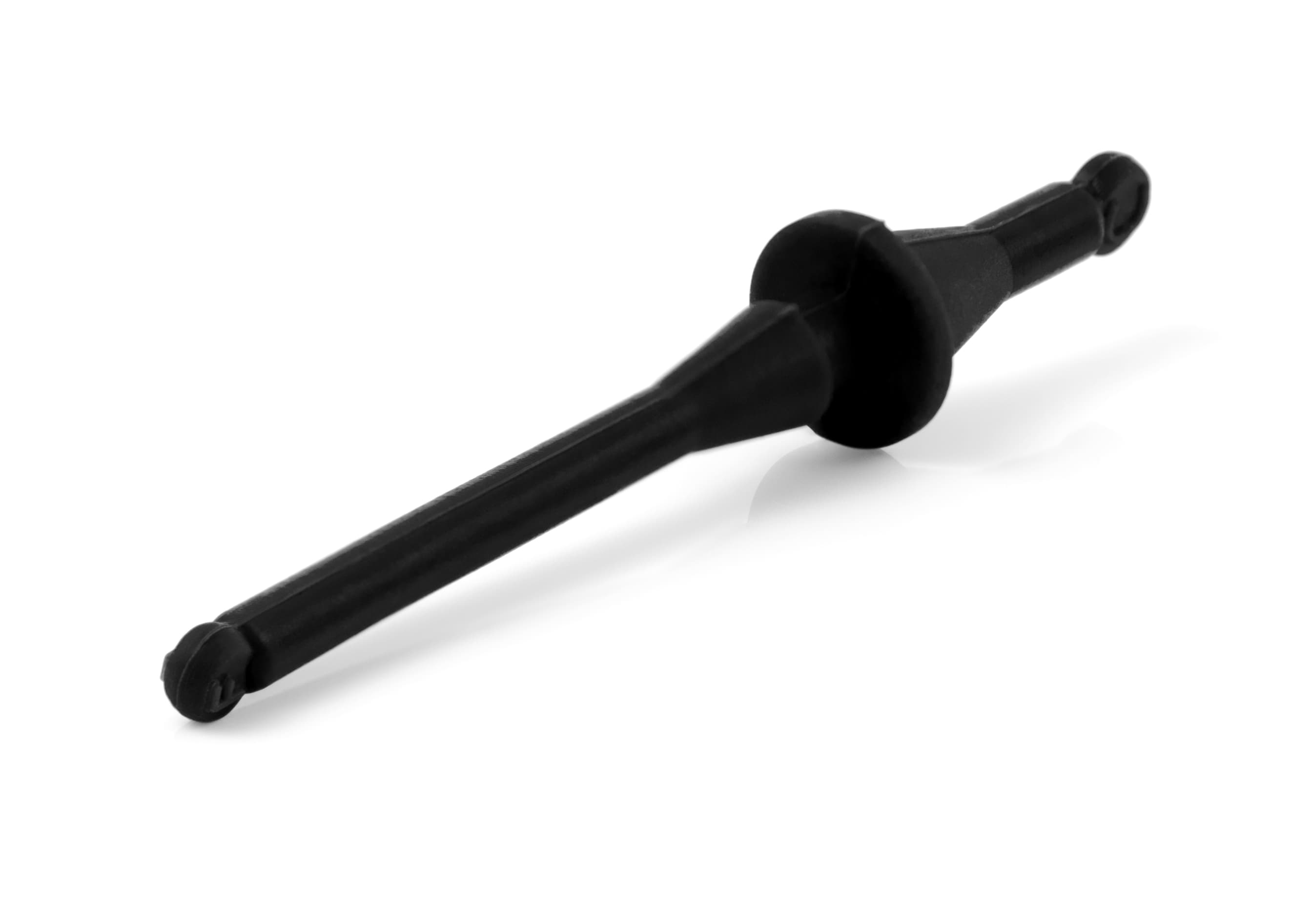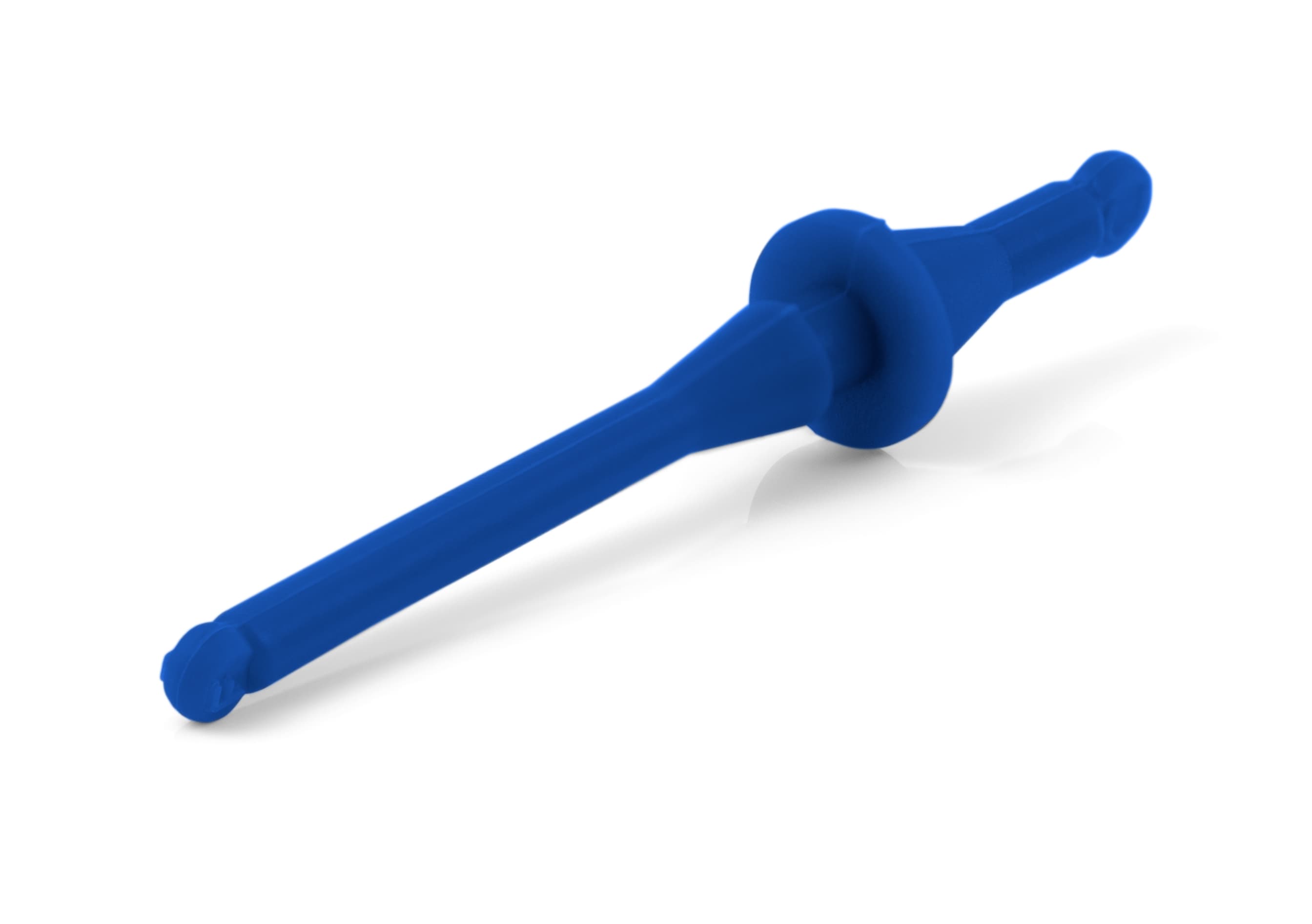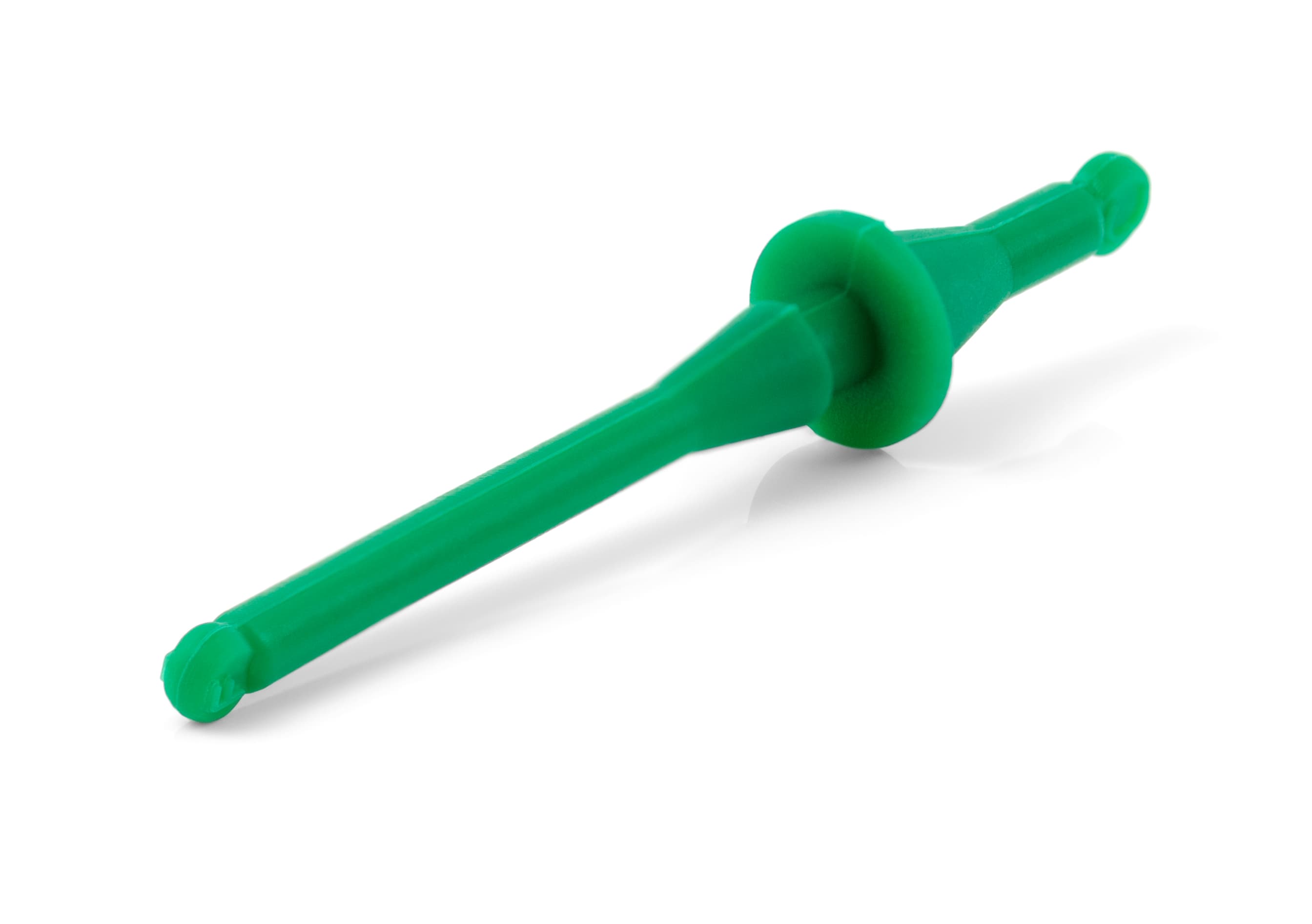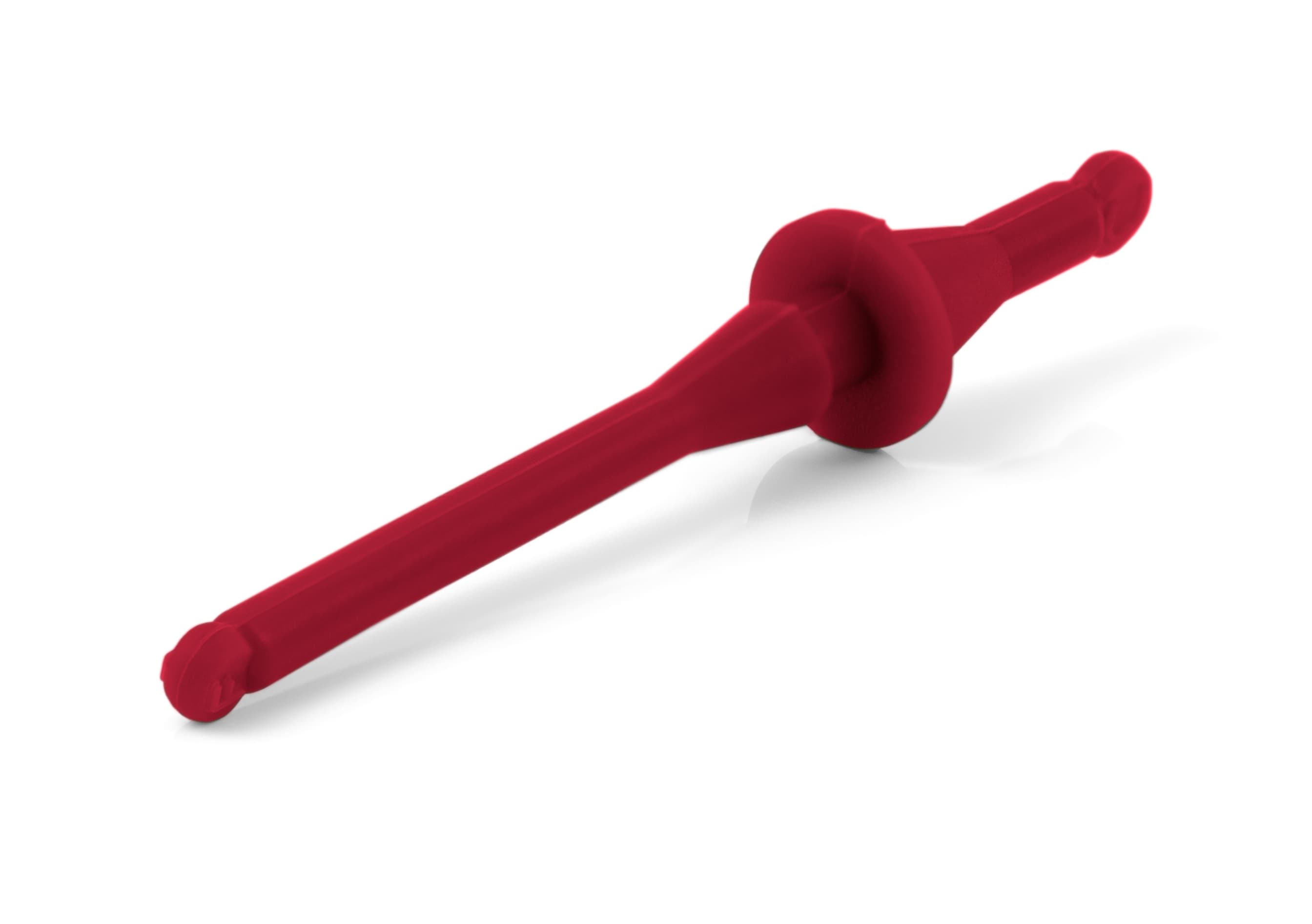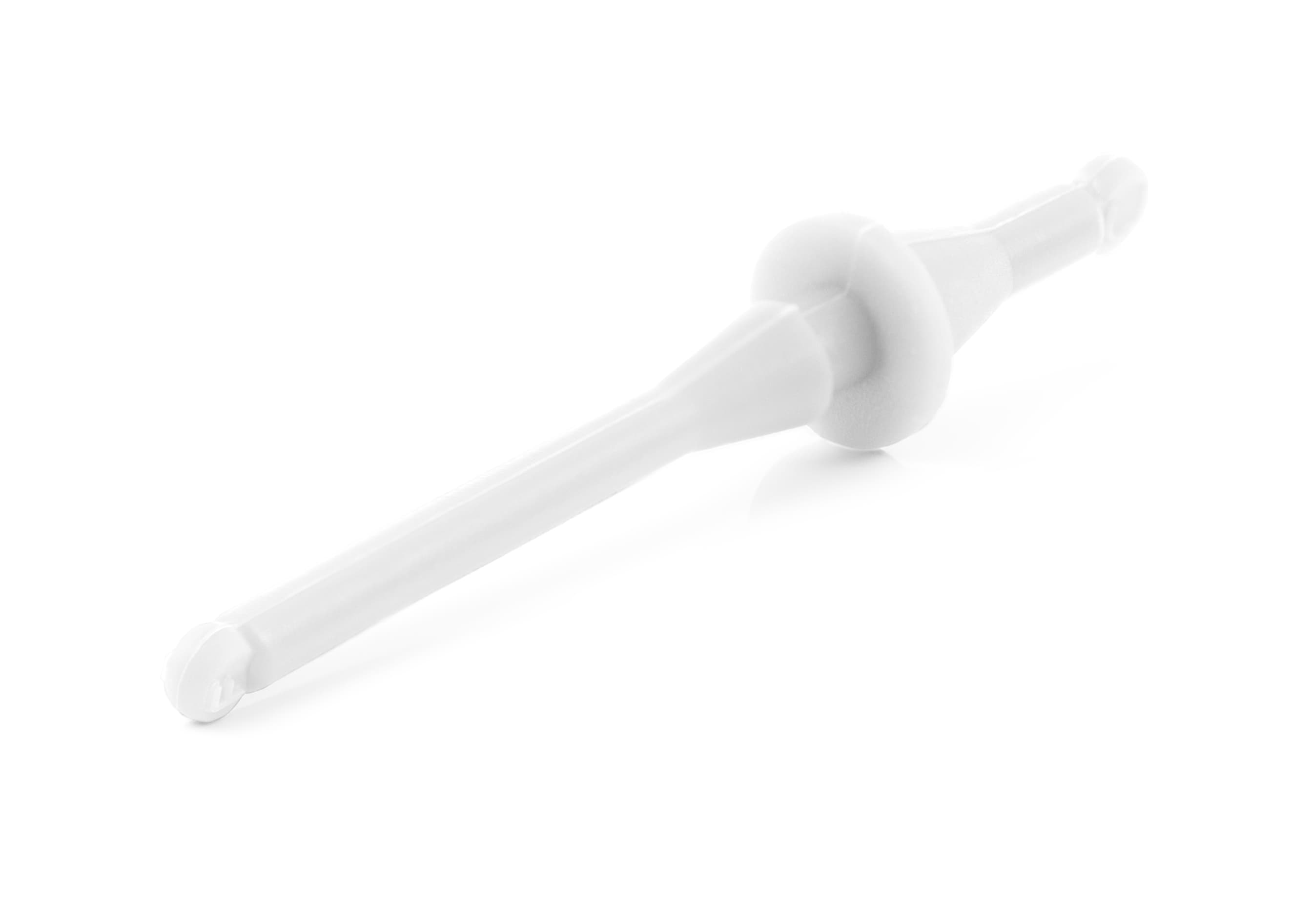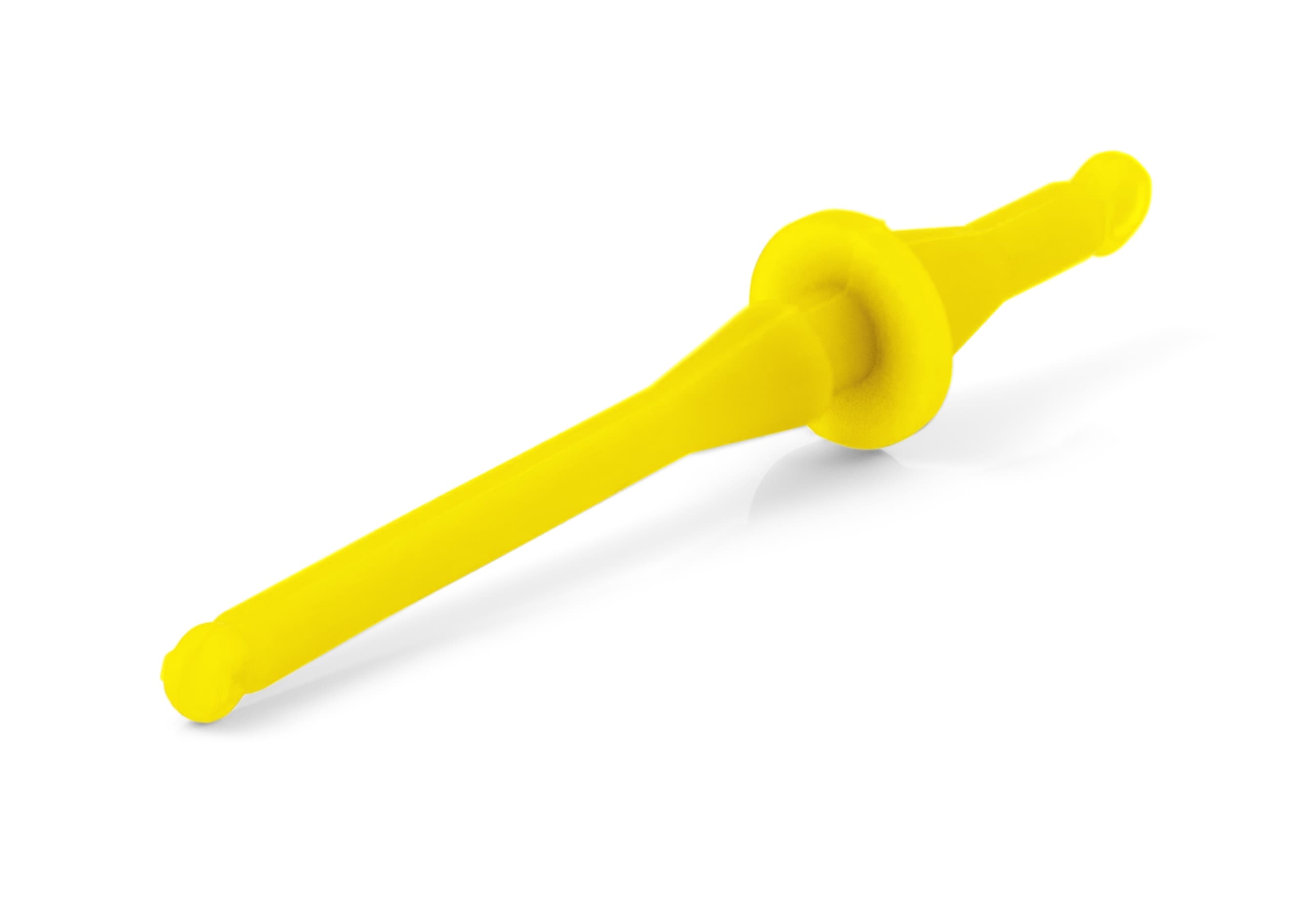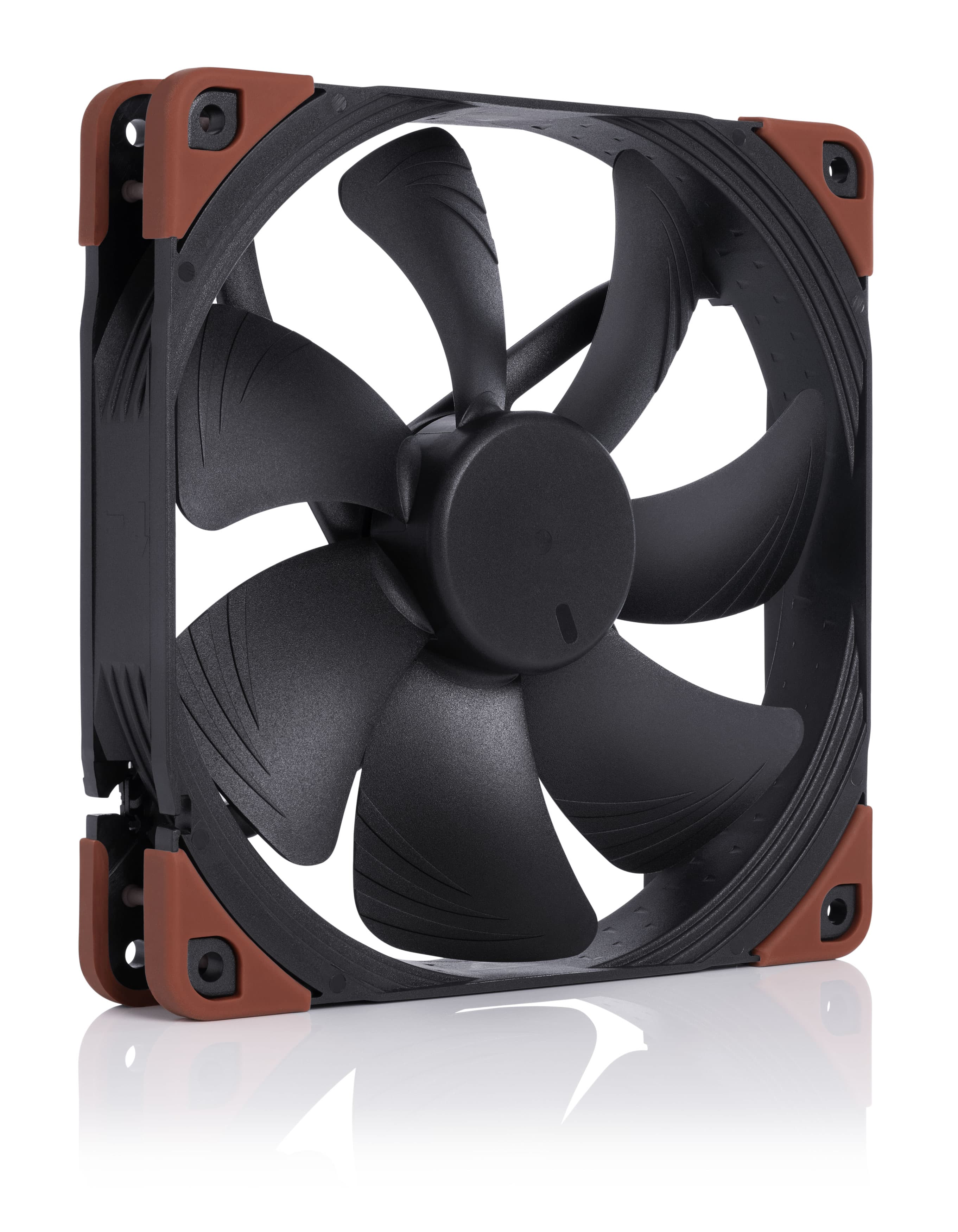
NF-A14 industrialPPC-3000 PWM
Heavy-duty 140mm industrial fan
Award-winning 140mm design
With proven AAO frame for superior cooling efficiency
3000rpm industrialPPC version
Fibre-glass reinforced polyamide construction for heavy-duty use
4-pin PWM version
With IP52 certified water and dust protection

3000rpm industrialPPC version
Running twice as fast as the 1500rpm retail version, the NF-A14 industrialPPC-3000 provides extreme airflow and pressure performance. Combined with the industrialPPC series' robust polyamide construction and advanced protection features, this makes the fan ideal for challenging industrial applications.

Three-phase motor design
While most axial fans use single-phase motors with 4 slots, Noctua's industrialPPC fans feature a three-phase design with 6 slots, which provides smoother transitions between the slots and thus allows for even higher running smoothness, further reduced vibrations and unprecedented energy efficiency.
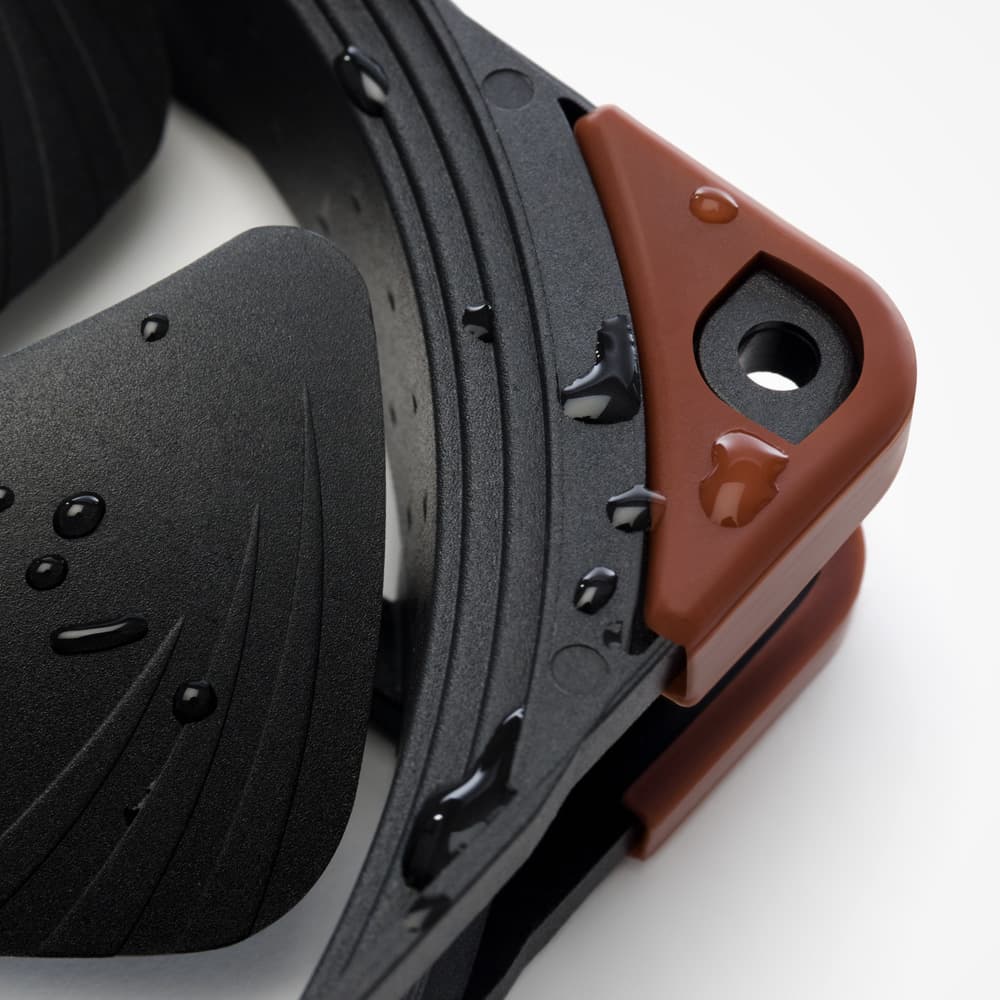
Certified IP52 water- and dust protection
Thanks to a special varnish coating that covers the motor and PCB, the NF-A14 industrialPPC complies with the ingress protection rating IP52. This means that it is not only highly dust resistant but also withstands dripping water equivalent to 3mm rainfall per minute.
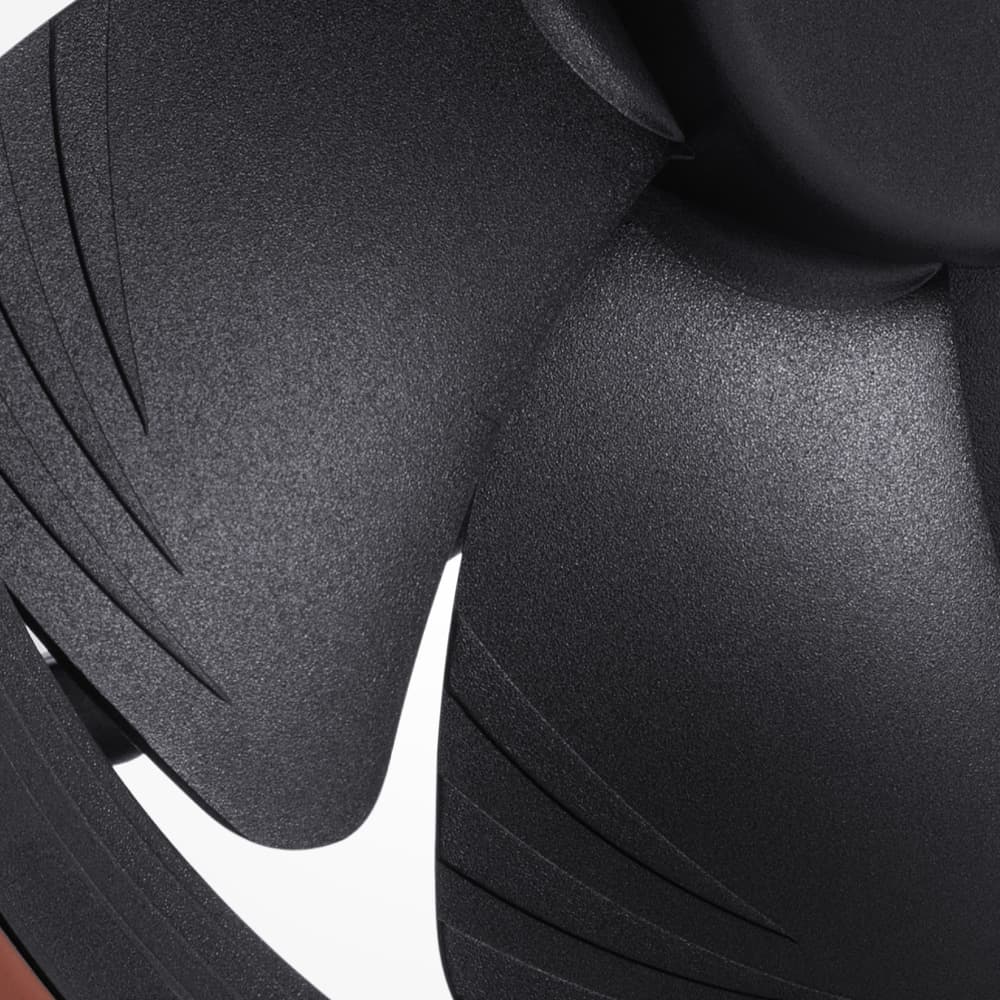
Fibre-glass reinforced polyamide construction
Both the impeller and the frame of Noctua’s industrialPPC fans are made entirely from fibre-glass reinforced polyamide. This material can withstand temperatures up to 140°C and makes the fans even more robust and break-proof than Noctua’s standard fibre-glass reinforced PBT fans.
FAQs
All FAQsOur services
Which fan should I choose?
Need more help deciding on a fan for your setup? Check out our fan buying guides.
Buying guidesWhy choose Noctua?
Learn more about what makes our approach to product development so unique.
Why Noctua?

